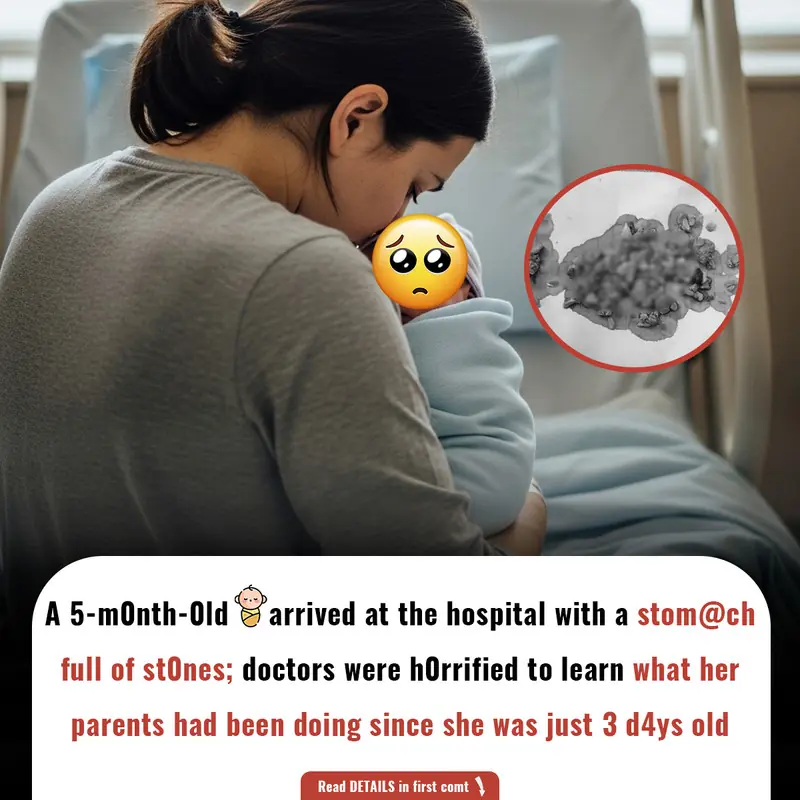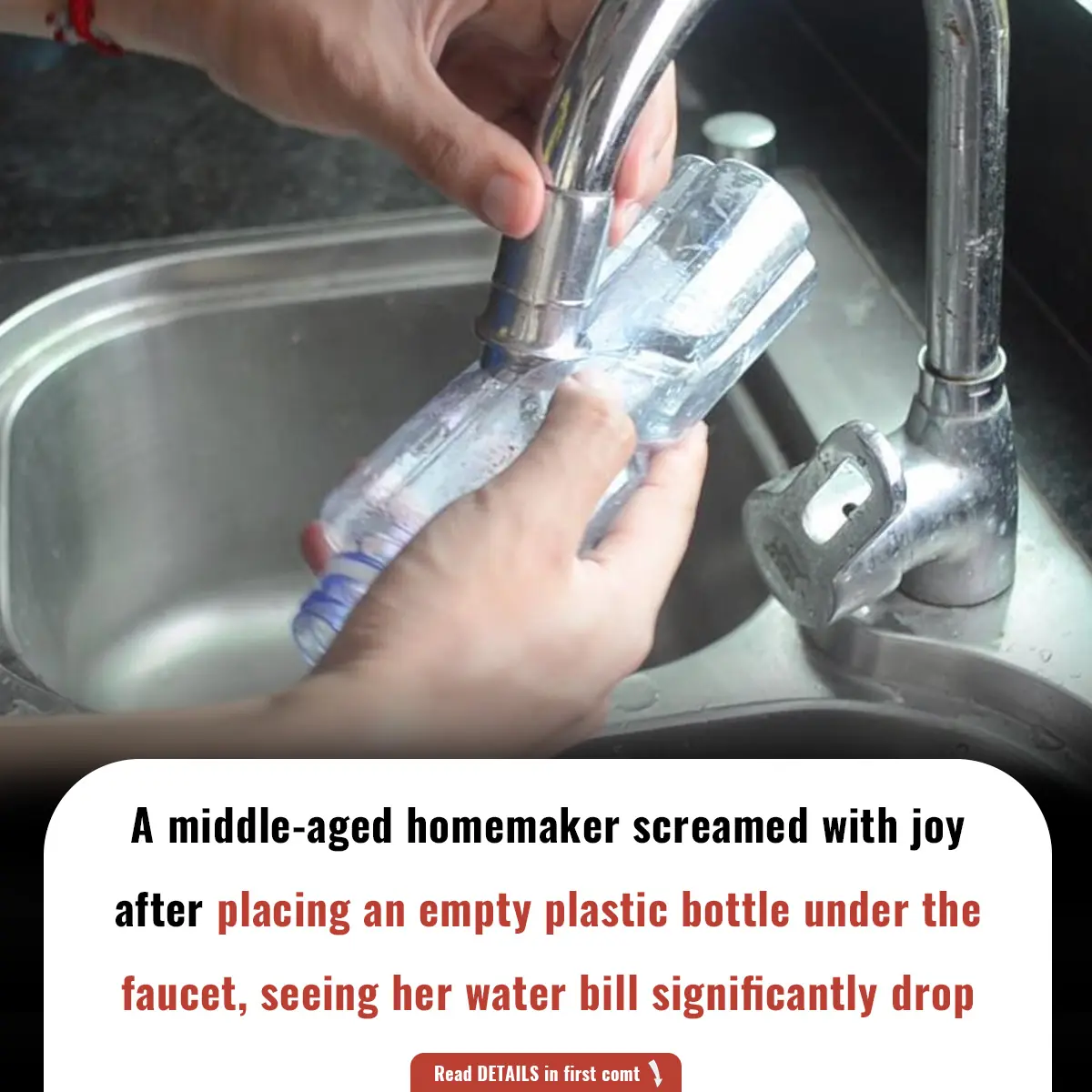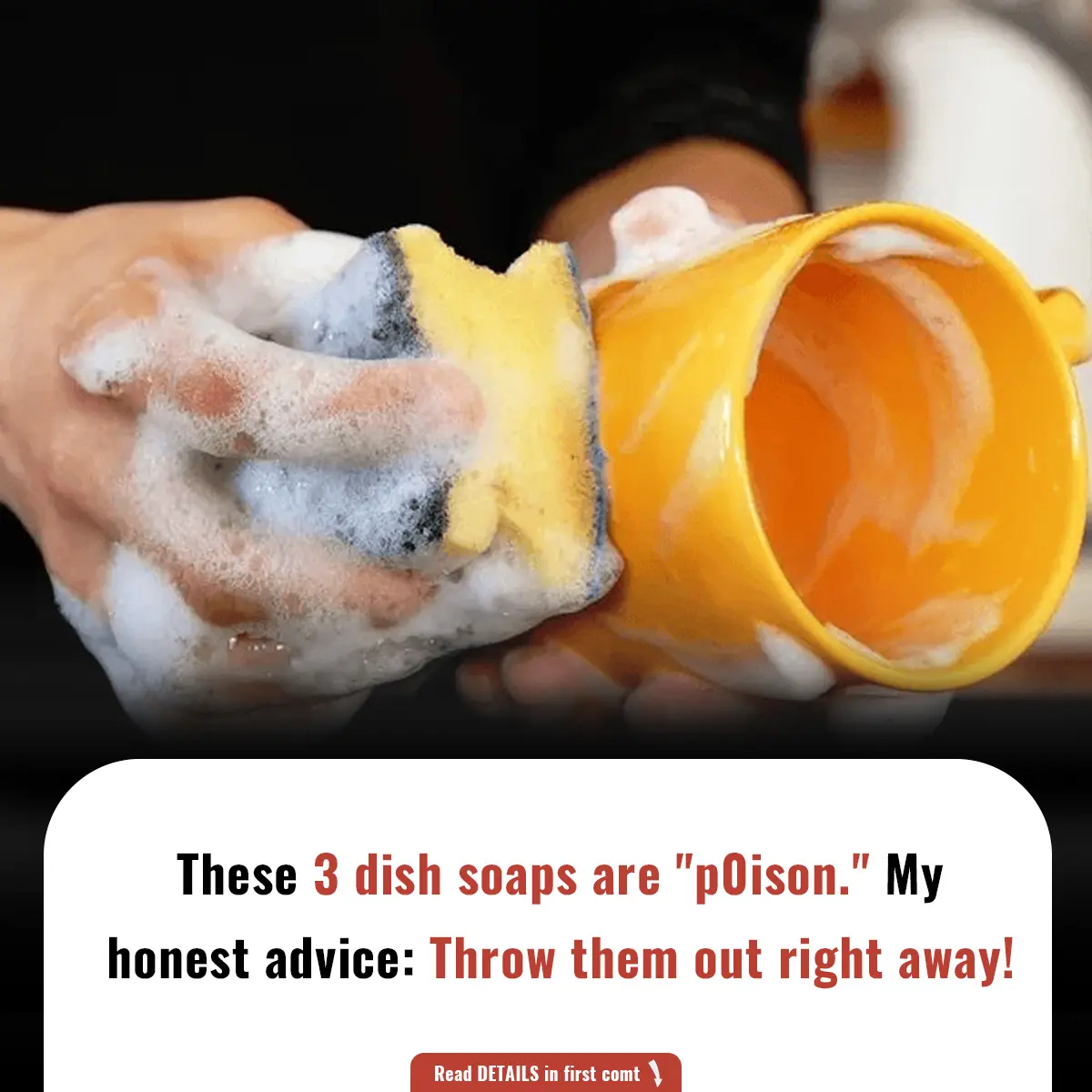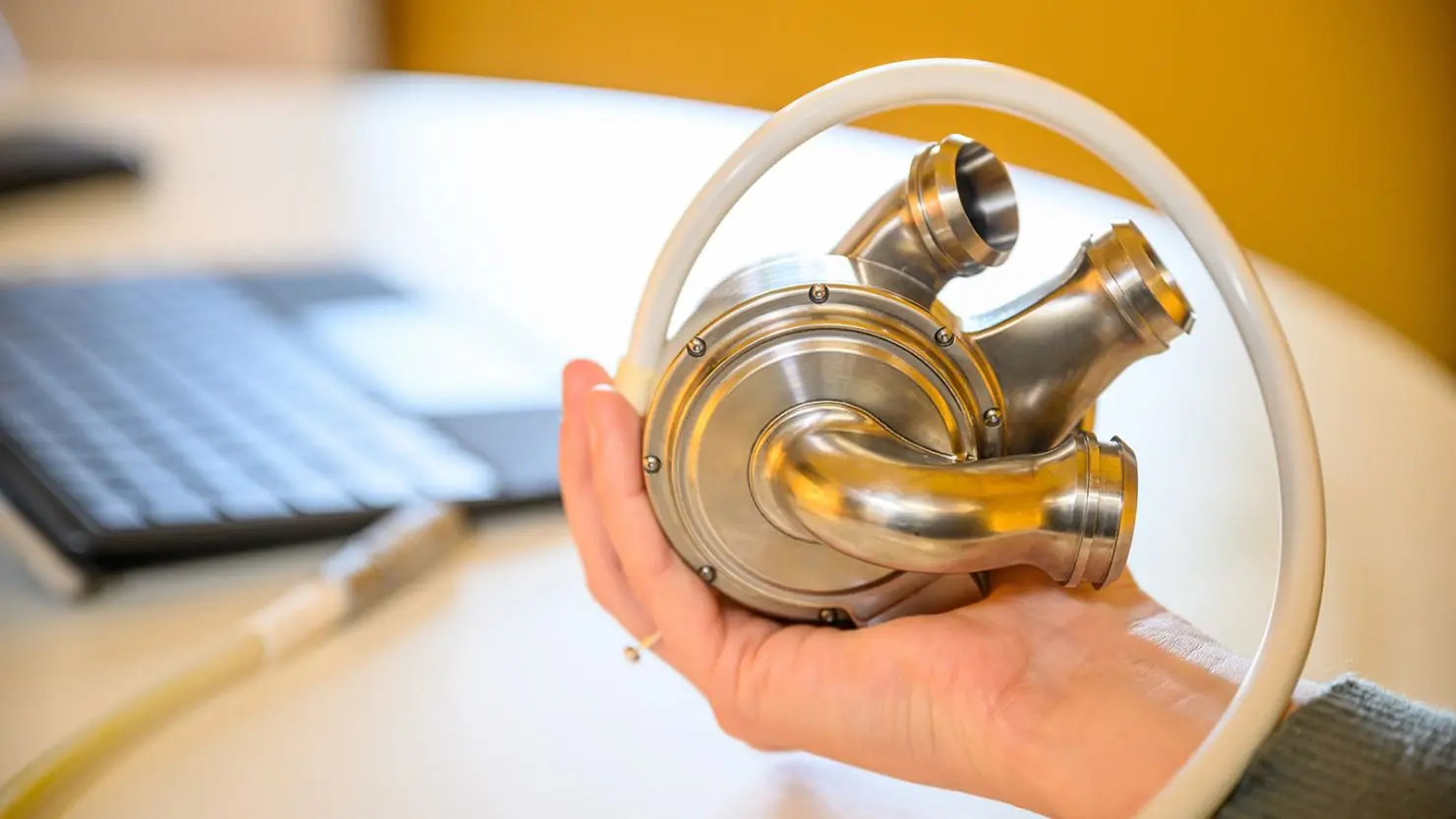Cleaning the rice cooker is not simply about washing the inner pot clean.
Electric rice cookers are a common household appliance, used daily, sometimes multiple times a day. However, because they are used so frequently and appear clean, many people forget to properly clean them, especially in areas that tend to accumulate dirt but are often overlooked. This is why rice cookers can become breeding grounds for bacteria and mold, potentially affecting digestive health if not cleaned correctly. Here are four key areas that need regular attention:

The first often overlooked area is the inside of the lid. While it may seem small and insignificant, every time you cook rice, steam rises and condenses on the lid. If you simply wipe it down quickly or leave it without proper cleaning, over time, this condensation will lead to the buildup of starch, oil, and residue, which can create unpleasant odors or even mold. These contaminants can drip back into the rice during cooking, causing it to spoil faster than usual.
Next is the steam venting slot, which can be located on top of the lid or on the side, depending on the model. This part is responsible for releasing excess steam during cooking, but it is also a place where starch and water droplets from the boiling rice can accumulate. If this area is not cleaned regularly, it can become a breeding ground for bacteria such as Salmonella and E. coli, and mold. Not only will this affect the smell and quality of the rice, but it could also increase the risk of food poisoning and digestive issues.
Another commonly neglected area is the outer surface of the inner pot, particularly where it makes contact with the heating plate. Many people only clean the inside of the pot, leaving the outer surface untouched. However, this part can also collect food residues, oil, and rice water. If not cleaned thoroughly and dried before placing it back onto the heating plate, moisture can drip onto the plate, causing it to deteriorate over time. This can reduce the lifespan of the rice cooker and lead to mold growth or even potential electrical hazards.
Lastly, the bottom of the pot, or the heating plate inside the cooker, can accumulate dust, burnt residue, or even pests like ants or cockroaches if the rice cooker is left unused for a long period. Some households store the rice cooker near the stove or in areas prone to grease buildup. If not cleaned frequently, the bottom of the pot becomes unhygienic and directly impacts heat transfer, causing the cooker to take longer to cook, consume more electricity, and wear out faster.
Regularly cleaning these areas can help maintain the rice cooker’s efficiency and prevent potential health risks.






























